Maps, particularly those detailing the intricate web of US states, hold a special allure for numerous compelling reasons in the realm of information. They embody both artistry and scientific precision, with a “US map” serving as a canvas that preserves the rich tapestry of history. A “map of US states” or a “US state map” sheds light on complex geographical matters, making the intricate details of the United States’ landscape visible. “US map states” elucidate, rendering the invisible visible, and they serve as heralds of a connected future. Irrespective of the rationale, from the “US map of states” to thematic cartography, these maps ignite the imagination of individuals across the globe, bridging the gap between exploration and discovery.
In their capacity as one of the most trusted sources of information, cartographers and practitioners in geographic information systems (GIS) wield significant authority and impact (Wood 1992; Monmonier 1996) [Wood, D. 1992. The Power of Maps. New York: Guilford.; Monmonier, M. 1996. How to Lie with Maps. Chicago: University of Chicago Press]. Consequently, comprehending and valuing maps, along with their role in conveying information, emerges as a vital facet of GIS. The journey of appreciating maps commences with an exploration of diverse map typologies.

????????️ Reference Maps: A Comprehensive Exploration ????????
Reference maps play a crucial role in delivering location information to map users. They uphold a unique principle where geographic features and map elements are treated with equality, ensuring that no single aspect overshadows another. Moreover, reference maps excel in their accuracy when representing geographic reality. Here, we delve into various facets of reference maps and their diverse types:
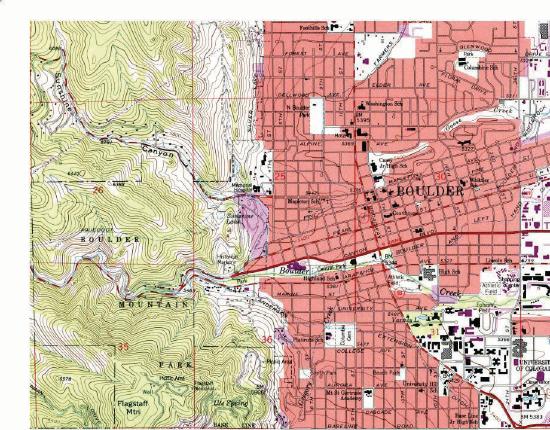

????️ General Reference Maps ????️
General reference maps are akin to the familiar maps you encounter regularly. They feature city and town names, major transport routes, and natural landmarks such as lakes and rivers. These maps are your trusted companions for navigation, boasting readability and inclusion of street and tourist maps. An exemplary example is the widely used HERE maps. ????????
????️ Topographical Maps ????
Topographical maps distinguish themselves by their detailed depiction of elevation, utilizing contour lines to unveil the intricacies of the landscape. While Ordinance Survey maps stand as renowned topographical maps, numerous other mapmakers offer detailed alternatives. Even without specific landmarks, these maps enable users to determine their precise location by following the contours and studying the surrounding terrain. ????????
???? Thematic Maps ????
Thematic maps, in contrast, eschew landscape mapping and navigation, instead focusing on highlighting specific topics. These maps can convey a wide array of information, ranging from geology to population density or weather. They are even employed for unconventional purposes, such as tracking the locations of whales. Companies like Esri leverage thematic maps to make substantial impacts on businesses, governments, and organizations worldwide. By merging geography with information, they facilitate more informed and efficient decision-making processes. Unlike general reference maps, thematic maps may require specialized knowledge for full comprehension. ????️????????
????✈️ Navigational Charts ????????
Navigational charts are indispensable tools for both maritime and aerial navigation. Ocean maps are commonly referred to as charts, and the same terminology extends to air navigation mapping. These charts encompass vital information aimed at preventing accidents, including details about features in and around water bodies, such as submerged rocks, and specific navigational aids. ⚓????️
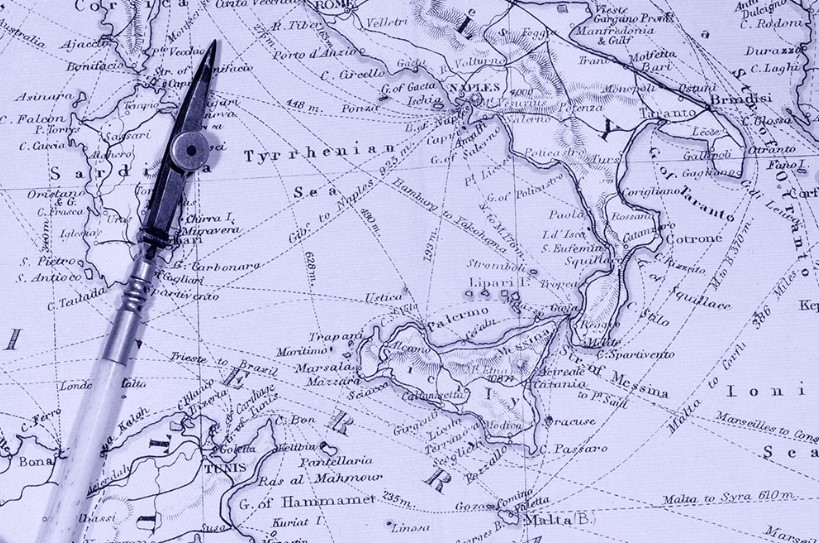
????????️ Cadastral Maps and Plans ????️????️
Cadastral maps, while less ubiquitous, serve specific purposes. These maps meticulously outline individual properties, providing essential details like boundary information during property surveys. When combined, they can create expansive cadastral maps. You might encounter a cadastral map when conducting a house survey, and town planners frequently work with them. It’s intriguing to note that cadastral mapping stands as one of the oldest forms of mapping, with ancient Egyptians using it to establish land ownership after the flooding of the River Nile. ????????????
???????? Thematic Maps Revisited ????????
Thematic maps, as their name implies, revolve around specific themes or topics of interest. While reference maps emphasize the location of geographic features, thematic maps concentrate on the distribution of abstract concepts across space. These concepts often encompass abstract notions such as global life expectancy, per capita gross domestic product (GDP) in Europe, or literacy rates across India. A remarkable strength of mapping, particularly thematic mapping, lies in its ability to render these abstract and invisible concepts visible and comparable on a map. ????????????️
???? Synergy of Reference and Thematic Maps ????????
Crucially, reference and thematic maps are not mutually exclusive entities. They frequently intertwine, with thematic maps containing geographical reference information, and reference maps occasionally integrating thematic data. Their collaboration often enhances our understanding and decision-making capabilities.
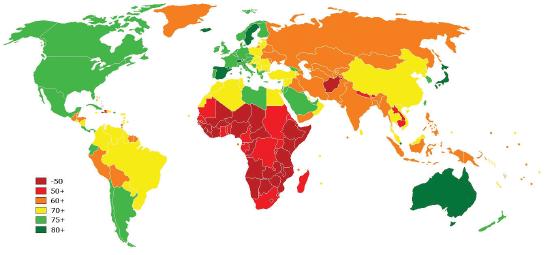
For instance, consider the scenario where city public health officials aim to ensure equal access to emergency rooms for residents. Valuable insights can be gleaned by visually comparing a refe-rence m-ap sho-wing eme-rgency room loca-tions across the city with thematic maps detailing various popu-lation segments (e.g., hou-seholds below the poverty line, the elderly popu-lation, underrepresented gro-ups).
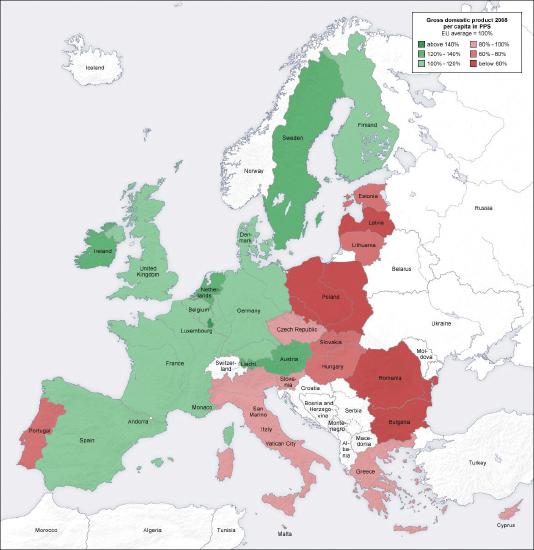
Within the realm of Geographic Information Systems (GIS), the reference map of emergency room locations can be superimposed directly onto population maps. This overlay can reveal whether access is uniform across different neighborhood types. While other factors, like transportation access, must be considered, such map overlays can pinpoint underserved neighborhoods, fostering more equitable access to vital services. ????????????️
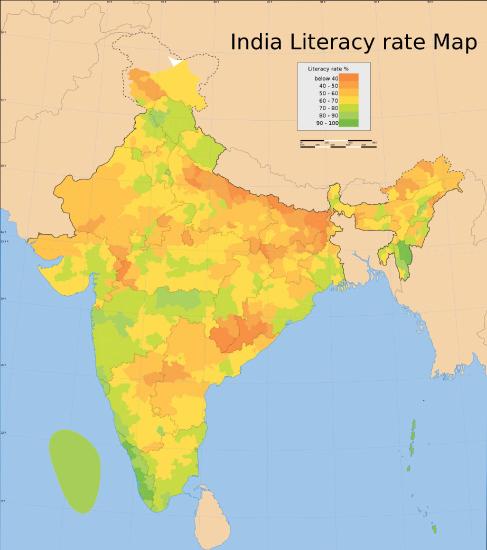
In conclusion: reference maps serve as invaluable tools for delivering location information, while thematic maps delve into specific topics of interest. Their harmonious coexistence empowers us to explore, understand, and make informed decisions about the complex world around us. ????️????????
It is important to note that reference and thematic maps are not mutually exclusive. In other words, thematic maps often include and integrate geographical reference information, and conversely, reference maps may incorporate thematic information. Furthermore, when used in conjunction, thematic and reference maps frequently complement each other us state map.
For instance, city public health authorities may have an interest in ensuring equitable access to emergency rooms for the residents of the city. Valuable insights into such matters and their interconnected inquiries can be acquired by conducting visual comparisons between a reference map, such as a detailed “us map of states” or a “us state map,” depicting the locations of emergency rooms throughout the city and thematic “map of US states” representing different population segments (e.g., households below the poverty line, percentage of elderly individuals, and underrepresented groups). By overlaying these “US map states” data points, authorities can better understand and address the needs of the city’s populace, ensuring that resources are distributed fairly.
In the realm of GIS (Geographic Information Systems), we have the capability to superimpose the reference map of emergency rooms directly onto the population maps to assess whether access is uniform across various types of neighborhoods. It’s important to note that there are additional factors to take into account when examining emergency room accessibility, such as access to transportation. However, by utilizing these map overlays, we can pinpoint underserved neighborhoods.
There are fifty (50) states and Washington, D.C. The last two states to join the Union were Alaska (49th) and Hawaii (50th), both of which joined in 1959. Washington, D.C. is a federal district under the authority of Congress.
According to Stein, the shapes of the states were influenced by four factors: the American Revolution, the 1808 proposal for the Erie Canal, railroads, and slavery. Prior to the American Revolution, the British Crown established colonies that varied in size us state map.
Many state borders were established centuries ago, well before the nation was entirely settled. Often, these boundaries were drawn somewhat arbitrarily, aligning with topography or lines of latitude and longitude that now bear little relevance to population distribution us state map.






